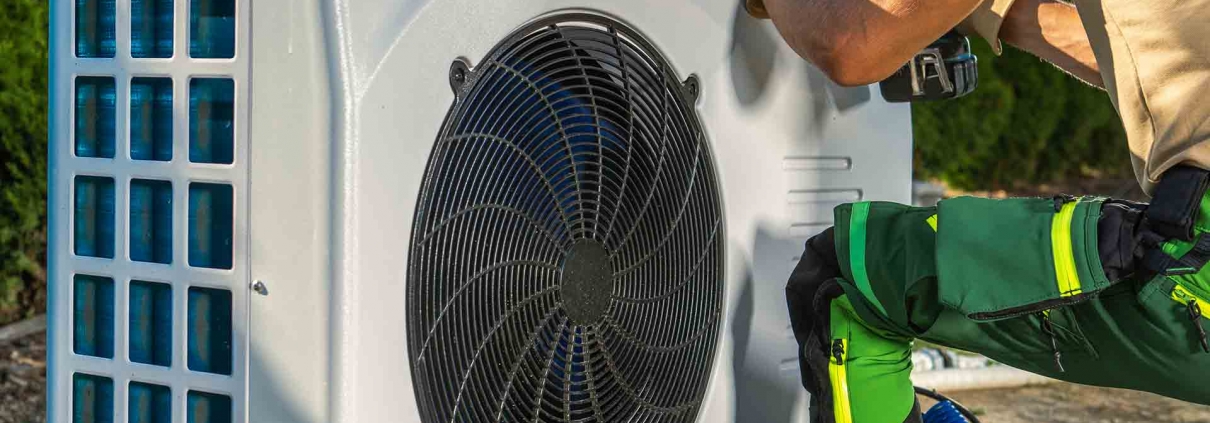Different types of heat pump installation in New Zealand
If you’re considering having a heat pump installed in your home, one of the most important things to consider is where to put it. Plus, you want to know the type of heat pump that best suits your needs. Here’s what you need to know about heat pump installation.
What is a heat pump?
A heat pump is also known as an air conditioner. So, while it is used to heat your home in cooler months, it can also be used to cool your home in summer. There are many different varieties, and that’s why there are different types of heat pump installation.
Even older heat pumps and basic models have features such as a timer, allowing you to control when the machine operates. Most heat pumps actually filter and clean your air too, helping to provide a healthy and safe environment inside the home.
Types of heat pumps
Let’s take a look at some of the different types of heat pumps you’ll commonly find on the market today.
Split systems
A split system heat pump is perhaps the most commonly found in homes throughout New Zealand. It consists of an internal unit, usually positioned in the lounge room or larger living area. It also has an external unit that is connected to the wall nearby.
Contrary to popular belief, the external unit isn’t there to pump air into the home. Rather, it’s a compressor unit, and the majority of the work is done by the internal unit that circulates air from inside the home, cleaning and filtering it as it comes back into the room at either a hot or cold temperature depending on the settings.
Multi-split systems
A multi-split system can be a good option for larger homes because it allows you to connect multiple interior units. Typically, unless you have an extremely powerful system, one internal unit isn’t enough to heat the entire house efficiently. So, rather than waste power trying to crank one unit to a higher (or lower) temperature, you can connect multiple units in different parts of the house.
It should be noted that while you may be able to control the temperature of each internal unit separately, you can’t have one cooling and the other one heating. Still, it’s a cost-effective way to heat and cool your home as long as you’re prepared for some higher installation costs.
Ducted heating
A ducted heat pump is perhaps the most desirable of all heating and cooling systems, but they aren’t particularly common in older homes. In these systems, an interior unit is mounted under the floor or even in the roof cavity. Warm air is carried through tubes and disbursed into each room of the home through a series of floor or wall vents.
Ducted heating is a great way to heat every room in the home, but they’re not as efficient as other t types because an amount of heat is lost in the ducting. Plus, it’s expensive and difficult to install in an existing home because ducts need to run through the whole house.
Different heat pump installation options
For this section, we’ll disregard ducted heating because the internal unit always goes under the floor in the roof cavity. But for all split systems, you’ll need to decide where you want the internal unit for maximum effect.
High wall position
The most common place for an internal heat pump unit is high on the wall, most commonly on an exterior wall. This is because it’s much easier to install when the exterior unit can be placed nearby outside. Not only is this position effective at distributing heat throughout a room, but it also keeps it out of the way.
Ceiling-mounted heat pumps
It’s not terribly common to see ceiling-mounted heat pumps, but in some cases, it makes sense. They will either hang from the ceiling or be fitted into the ceiling itself. Ultimately, if you choose this option, be prepared to use a step ladder when you need to change filters.
Floor-mounted
Again, floor-mounted heat pumps aren’t particularly common but many people feel this is the best place for them because hot air rises. So, having the heat distributed from a low position helps to heat the entire room. The only drawback is you need to keep some space around the unit, so it ends up taking up quite a lot of room.
Need help with heat pump installation in New Zealand?
If you want to keep your home toasty and warm during winter and cool in summer, RCR can help install a heat pump solution that perfectly suits your needs. Every home is different, which is why we offer personalised service and recommend only the systems that will be most efficient and effective. Contact us today to find out more about heat pump installation in your home.




